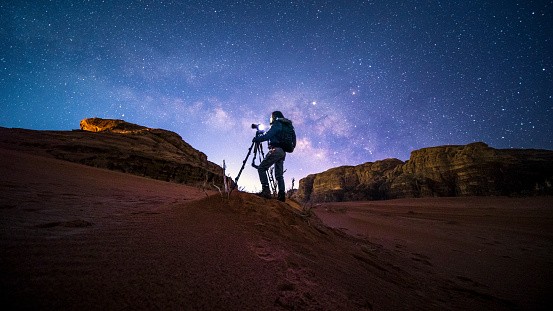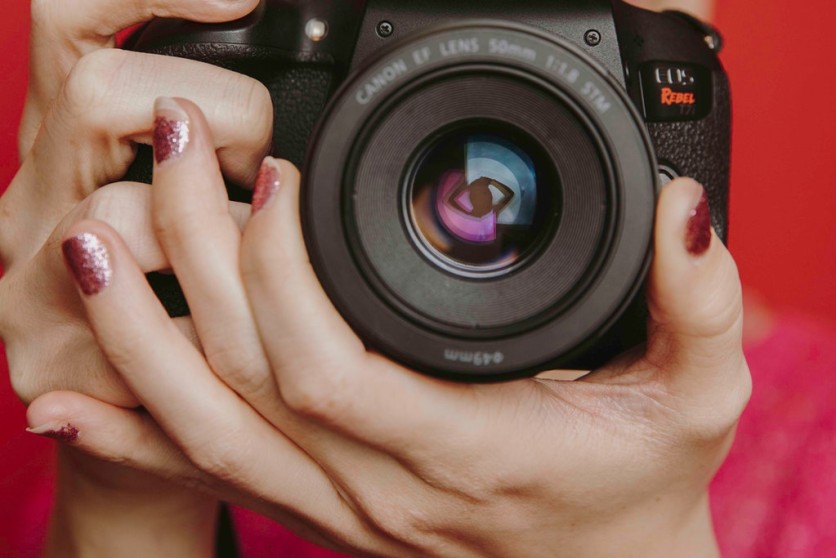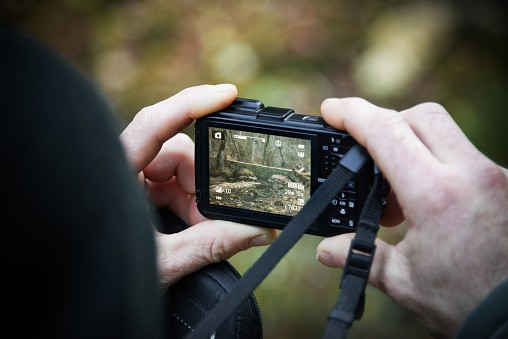If you're tired of taking photos of relatively "normal" things-people, landscapes, animals, plants-why not take your craft out of this world with astrophotography? Specifically, taking photographs of planets?

There's something amazing about using your skills and gear to capture an image of a planet millions-or even billions of miles away. And today, you're going to learn how to do just that. So, read on!
Planet-Hunting: Look For Signs
First off, you'll need to scour the night sky for your subjects. You have a total of five visible planets that you can take photos of, according to AstroBackyard: Mercury, Venus, Mars, Jupiter, and Saturn.
Of these five, however, the best ones to photograph for beginners are the two brightest: Jupiter and Saturn. In a planet-watching guide for 2021 by Space.com, these steps for finding Jupiter and Saturn are shared.
For Jupiter, you'll need to look for a planet with a "silver-white luster" visible at night from January 1-9, mornings starting February 17 to August 19, and nights once again from August 20 to December 31. It will shine like a non-twinkling "star" with a silvery color.
For Saturn, it is visible during evenings from January 1 to 6, mornings from February 10 to August 1, and nights starting August 2 to December 31. Look for a yellowish-white dot with "moderate" brightness. But if you're looking for its iconic rings, you'll have to use a telescope-as you'll only be able to see them with one.
What Kind Of Gear Is Needed For Astrophotography?
If you want to capture a wide-angle shot of the night sky with the five visible planets, all you'll need is a typical DSLR camera. A DSLR will give you full control of everything to capture the image you want. By this time, we'd assume that you already know how to operate your camera.

But if you want to capture close-up photos of the planets, you'll need an actual astronomy camera, which features small sensors and high frame rates. That's because you have to actually track the planets' movements by taking short videos. Afterward, you'll basically pick out the best-looking screengrabs and stack them, in order to see the colors and details.
Lastly, a true, detailed up-close look will require a long focal length telescope. You'll have to look for one with a focal length of 1000mm or more.
Other Specialized Equipment
SkiesAndScopes also recommends a few more specialized equipment for photographing planets. Here are three more recommendations:
Telephoto lens from 85mm to over 300mm
(Optional) Star tracker device, which sits between your camera and tripod. With this, your camera will move with the Earth's rotation, which will allow for longer exposures with no star trails. You'll need this for a truly clean shot.
A very sturdy tripod. Basically, go for the sturdiest one you can find.
Can You Use A Point-And-Shoot Camera?
If you have no DSLR camera, then yes, you can go for a point-and-shoot unit. But in order to succeed, your best option is to take a video of the planets while using the maximum magnification setting you can toggle.

This camera choice does limit the planets you can photograph, however. You can only take photos of those that tend to pop up in the sky close to sunrise or sunset, because point-and-shoot cameras aren't really made for low-light situations. Venus is a perfect example.
For more tips on taking photos of planets, you can check out this video by YouTuber Dylan O'Donnell:
This article is owned by Tech Times
Written by RJ Pierce
ⓒ 2025 TECHTIMES.com All rights reserved. Do not reproduce without permission.




